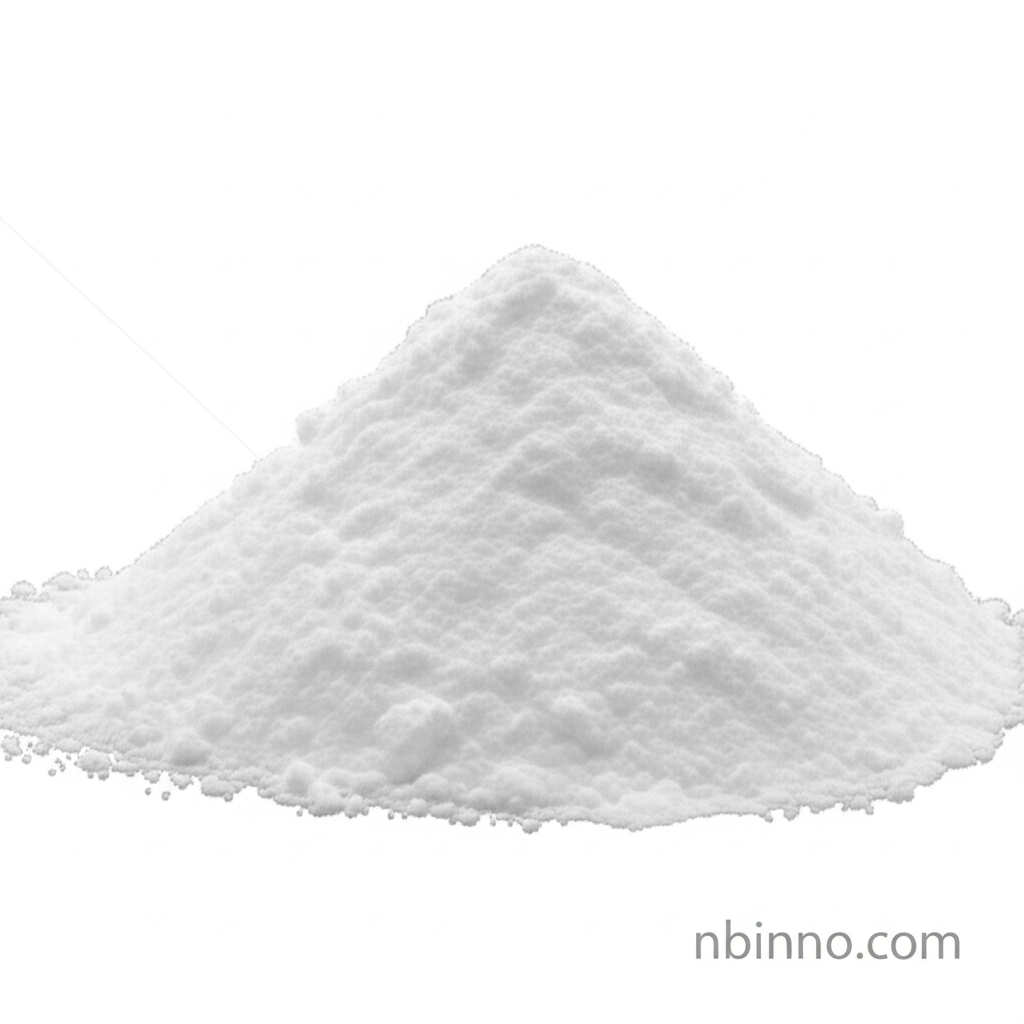2-Bromo-1,10-Phenanthroline: A Key Intermediate for Advanced Electronic Materials
Discover the synthesis, properties, and diverse applications of this crucial component in modern electronic and chemical industries.
Get a Quote & SampleProduct Core Value

2-Bromo-1,10-Phenanthroline
2-Bromo-1,10-Phenanthroline is a vital organic compound serving as a key intermediate in the synthesis of advanced materials, particularly within the OLED sector. Its unique molecular structure, featuring a phenanthroline backbone with a bromine atom at the 2-position, endows it with specific electronic and coordination properties essential for high-performance applications in electronic chemicals and beyond.
- Leverage 2-Bromo-1,10-Phenanthroline for enhanced OLED performance, a critical aspect for modern display technology.
- Explore its utility as a versatile bidentate ligand in coordination chemistry, enabling the formation of stable metal complexes.
- Utilize this compound in advanced organic synthesis for developing novel electronic chemicals and functional materials.
- Benefit from the specific electronic and steric properties imparted by the bromine substituent, crucial for fine-tuning material characteristics.
Advantages Offered
Enhanced Material Properties
The bromine substituent on 2-Bromo-1,10-Phenanthroline influences electron density and steric hindrance, allowing for fine-tuning of luminescence and charge transport properties, vital for OLED material synthesis.
Catalytic Versatility
As a robust ligand, it facilitates the development of efficient catalysts through coordination with various transition metals, supporting applications in coordination chemistry.
Synthetic Purity and Reliability
Meticulous synthesis and purification methods ensure high purity of 2-Bromo-1,10-Phenanthroline, critical for reproducible results in electronic chemicals manufacturing.
Key Applications
OLED Materials Development
Serves as a crucial building block for organic light-emitting diodes (OLEDs), contributing to efficient and vibrant displays. This application leverages its role in creating novel organic semiconductor materials.
Coordination Chemistry
Its bidentate nature makes it an excellent ligand for forming stable metal complexes, essential for research in catalysis and material science, exploring new coordination chemistry ligands.
Pharmaceutical Intermediates
Investigated for potential use in drug discovery due to its biological activities, acting as an intermediate in the synthesis of complex pharmaceutical compounds.
Catalysis Research
Used in the design of metal catalysts for various organic transformations, capitalizing on its ability to tune catalytic activity and selectivity.
